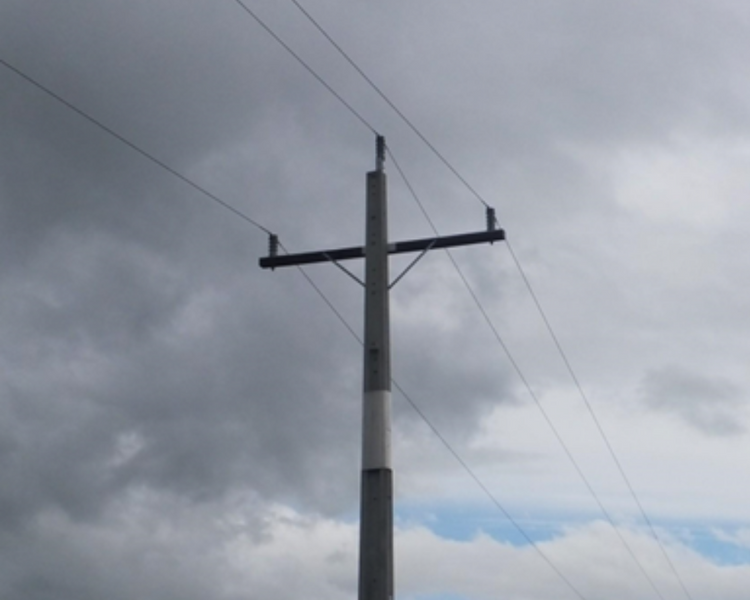Improving performance
Our network is made up of more than 1,000 sections or ‘feeders’, connecting our customers to our substations. We monitor and rank the performance of all feeders and identify our most outage-prone areas. This helps us prioritise where to focus on improving reliability for our customers.
Our worst-performing feeders are largely located in rural areas, where long distances of overhead lines often cross difficult terrain. There are a range of things that can cause outages on long rural feeders, including encroaching vegetation, ageing equipment, lightning and bird strikes.
We have a dedicated team made up of people from across our business called the ‘fault fast-track’ (FFT) group. Focusing on making reliability improvements, the group primarily works to understand what ‘unknown cause’ and repeated recloser fault events are telling us. A recloser is equipment designed to momentarily stop the flow of power when something comes into contact with high voltage overhead lines. Power automatically comes back on after the recloser determines that the obstruction on the high voltage line has cleared.
The group also uses our LiDAR, pole-top photography and site visits to investigate areas of interest and locate the core cause of repeated faults – such as vegetation, lines clashing or cracked insulators. Once the cause is identified, the group works with our service providers to fix the fault cause. If the issue is large, it will go to our Overhead Fleet team for renewal. The goal is to reduce reoccurring faults or reduce the impact on our customers if we’re unable to fix what is causing the fault straight away.
To date, 36 feeders around our electricity network have been through the FFT process. Twenty of those have had improved power reliability since going through the FFT process, with work continuing into improving the other sections of lines.
The FFT group is working with our service providers to address any issues identified, with a response time of two-to-three months.
Progress on ‘worst performing feeders’
We keep a record of ‘worst performing feeders’ – the sections of lines that experience repeated outages.
Eighteen feeders that regularly feature in our top-20 worst performing feeders for the number of unplanned outages and length of those outages, are currently being investigated by the FFT group. Once the remedial work is completed on these feeders, they will be monitored for the effectiveness of the work carried out.
During FY23, four of the worst performing feeders – Kumenga, Main Rd Motunui, Mataroa A and Coonoor – went through the FFT process. The following issues were identified:
• Lines clashing from bird strikes around wetlands, rivers and ponds. To fix this, flat crossarms on poles were replaced with a triangular type to reduce the likelihood of birds coming into contact with the lines.
• Vegetation that needed removing.
• Insulators that needed replacement.
• Spans of lines that were sagging, which leads to the lines clashing in adverse weather and causing outages, that needed rectifying.
We’re also assessing forestry blocks that have been recently leased to off-set carbon emissions. We’re considering whether moving our overhead lines away from these intensive tree blocks might be a more cost-effective, long-term solution to secure our customers’ electricity supply, rather than trying to maintain the growing trees near our lines.
-
 Project update
Project updateTuesday, August 9, 2022 A cross-functional working group is making strides in improving some of the most outage-prone parts of the electricity network.View more
